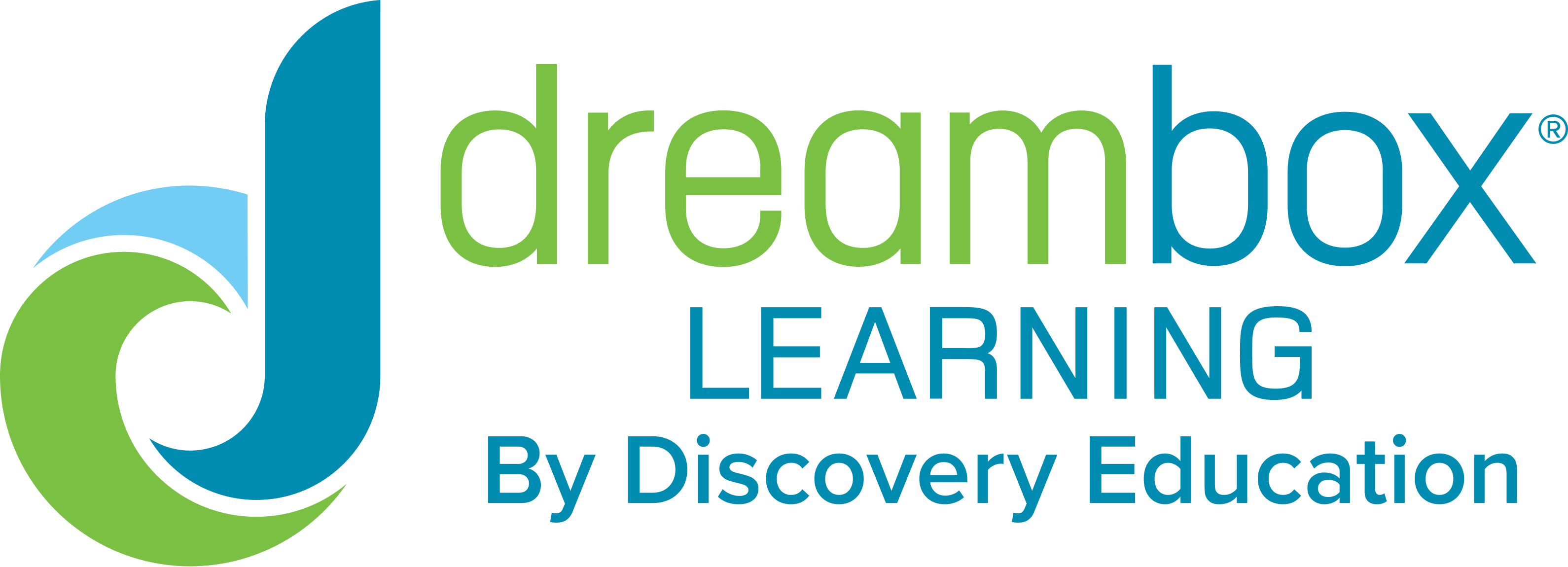While the roots of social-emotional learning (SEL) are decades-old, the level of awareness and urgency to incorporate SEL into classrooms has never been greater than it is today. Recently, educators have reported an increase in behavioral concerns, a growing student mental health crisis, and less bandwidth to dedicate to support than ever before.
SEL is a national conversation
Focusing on SEL is top-of-mind at the state and national level as well. In August 2022, the U.S. Department of Education released a Back to School Roadmap that lists four landmark priorities, three of which are related to social-emotional wellness and mental health:
-
Priority 1: Support the health and safety of students, school personnel, and families
-
Priority 2: Build school communities, and support students’ social, emotional, and mental health
-
Priority 4: Support educator and staff stability and well-being
How can district leaders empower classroom teachers and other staff to support SEL efforts and well-being? This blog provides resources and recommendations to help educators integrate SEL into their schools and classrooms.
1. Look to research and evidence to inform planning
A central organization within SEL, CASEL aims to make evidence-based social and emotional learning an integral part of education from preschool through high school. CASEL defines social-emotional learning as “an integral part of education and human development” that can “help all young people and adults thrive personally and academically, develop and maintain positive relationships, become lifelong learners, and contribute to a more caring, just world.”
Educators can explore this comprehensive plan for integrating SEL in the classroom, with an evidence-based SEL program at its core. In the absence of or in support of such a program, educators can still integrate and promote the development of SEL competencies into their daily classroom instruction.
2. The role of SEL in today’s classroom is important. Help site leaders, teachers, and parents understand the value.
As leaders know, understanding the purpose of an initiative is critical to obtain buy-in, motivate stakeholders, and implement successfully. Many districts encounter resistance to SEL programs because it can feel like one more thing or fluff. Superintendent Kathi Weight from Steilacoom Historical School District in Washington shared her experience for communicating SEL to her community and staff in a meaningful way, “We tied SEL for both the adults and children to neuro-education and had so much more buy-in. Connecting the brain science to how we learn and translate skills into other situations was a huge success for us.” Weight also leveraged community partnerships to communicate the value of SEL programs and eliminate any stigma associated with emotional wellness support from the classroom.
District leaders from across the nation have also shared approaching SEL through a lens of curriculum, and academic goals can help motivate staff to adopt new programs. By communicating how SEL will support content goals and drawing connections to academic goals, leaders hesitant to bring on an SEL program may begin to see the value in a new light.
3. Ensure students understand the why behind SEL in their classrooms as well.
In a recent Edutopia article, Author Ashley Taplin shared effective ways to integrate SEL into classroom instruction. She explains that it’s critical to provide students with the why behind social-emotional learning. The result is a more supportive and equitable classroom environment. Her examples include:
-
Place your why for activities within the context of SEL core competencies to make those activities even more effective for students.
-
When asking questions, frame the language with an SEL focus to foster an environment that is supportive and equitable.
4. Make SEL an everyday activity across all stakeholder levels.
Providing a comprehensive, yet simple, list of ways that teachers can integrate SEL into their classrooms, author Elizabeth Mulvahill focuses on connection, collaboration, and communication as keys to supporting social-emotional learning. From check-ins at the start and end of the day to ways to nurture a culture of kindness, Mulvahill reinforces the importance of SEL skills both within and outside of the classroom.
-
Practice mindfulness with students to help alleviate anxiety and further develop social-emotional awareness.
-
Help students recognize powerful emotions and learn key strategies for managing their emotions.
To learn more about how DreamBox Reading Plus supports the development of SEL competencies, click the 'Learn More' button below.










